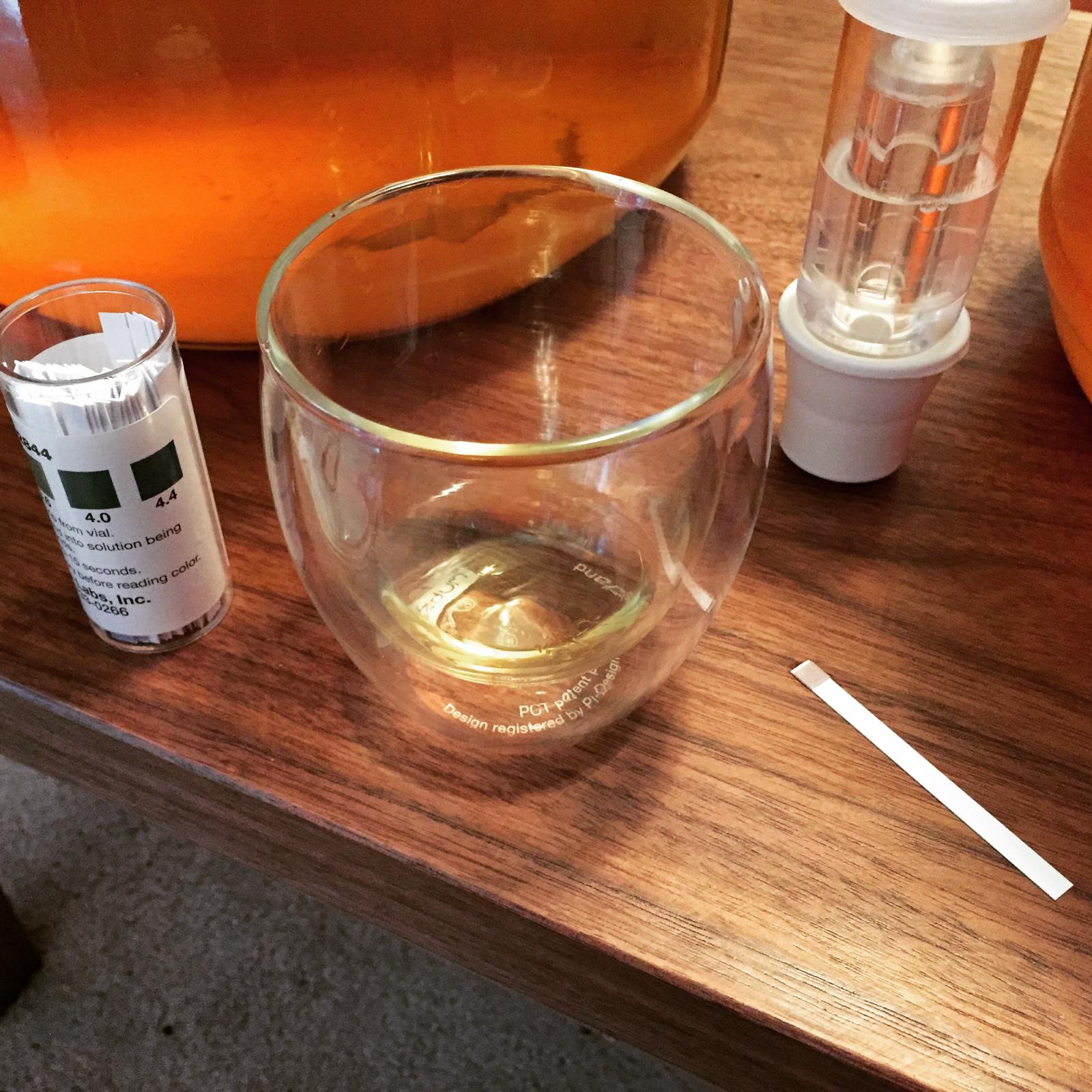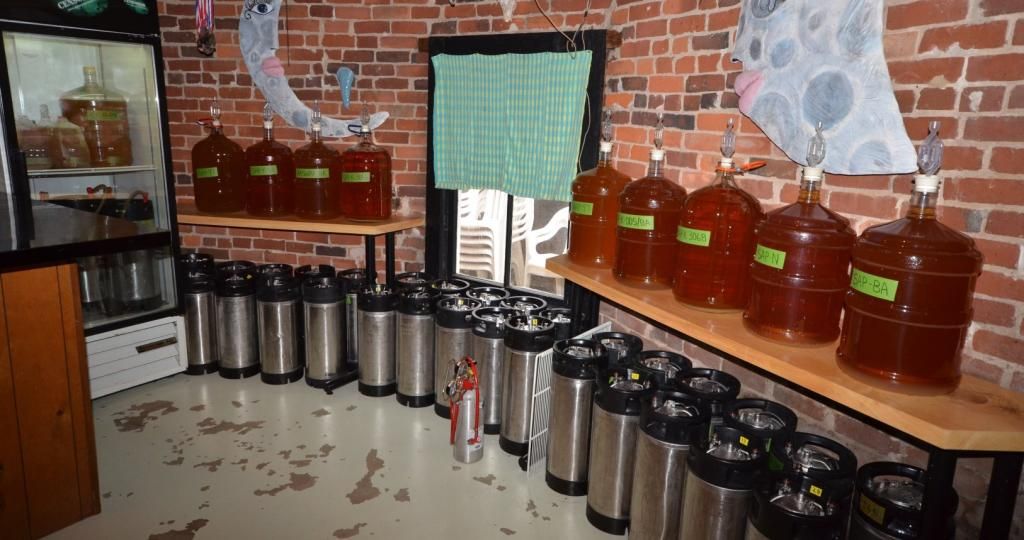Curious If you have tried cold crashing and then letting it sit in a secondary to make sure its stable then adding yeast before bottling yet?
No - I've thought about this and I believe it's possible, but it would take a bit of trial and error to get this right. Errors could involve broken glass. Then you need to make sure your juice has consistent levels of nutrient, so its repeatable. Measuring nutrient levels is difficult. Its a worthwhile goal for someone to pursue. Since I've already got a kegging system, I'm thinking more these days about how to improve that process.
For someone who wanted to try this, BRY97 might be a good candidate for the first yeast. It seems to use a lot of nutrient. The last two BRY97 batches I did leveled out at 1.012 and didnt budge for several weeks before I finally crashed them.
My second batch with the honey is pretty clear and I just bottled it yesterday.
Yeah, that's been my experience - adding honey almost always makes it more clear after crashing.
So far my only gripe is getting the cider more clear.
Crashing the cider a second time almost always makes it more clear. Also, the apples being picked when they are just ripe makes a big difference. This season my ciders have clearing better than average, which I think has a lot to do with more of the apples in these mixes being specifically picked for cider, so a little riper than normal.
Below is a pic of secondaries from early November pressing, taken last weekend right before I kegged 4 of these. Two wheat yeast batches, which are usually a bit more cloudy, were almost completely clear. I had to crash those twice because they started back up after the first time. Nottingham batch was almost completely clear, Brupacks slightly less clear, but could still see through the carboy. These were all 5-6 weeks on shelf post-crash. The others have not been sitting quite as long
Another nice thing about kegs is if a batch still has a little bit of haze when you keg it, any additional precipitating sediment will collect near the diptube and comes out on the first couple of oz. So rest of pours are clear
OTOH - the batch of juice that I got from a cider pressing party in October has been crashing for almost 4 weeks and it is still really murky. Its the only batch this season which didnt get nice and clear. These were #2 apples that came from another orchard. They were Stayman, Winesap and Pippen and they looked nice but I dont think they were ripe. That is a risk for #2s when the trees get picked all at once. It was great for drinking fresh, but SG was low and probably a lot of starch and pectin in the juice. Usually, when a batch wont clear at all like this one, I just keg it and drinking it ASAP. This particular batch still tastes a little hot so I am going to rack it and let it sit on the shelf to mellow for a while.
The pressing method may also be a factor. Last year, the cider I got from the pressing party also came out cloudy, even though these apples came from yet another orchard. These were mostly Winesaps and seemed to be fairly ripe. Sugar levels were good. My friend's hand press uses a drum scratter, as opposed to the press at the orchard, which I believe uses a hammer mill.
Having the cider get clear is nice for aesthetics, but the cloudy hand pressed batch from last year was one of my favorite kegs. I managed to keep that keg on tap for almost 4 months, because I didnt give much away. At a tasting party last spring, it scored 4th out of 20 bottles, so cloudy did not seem to be a problem for my friends either. I saved the last bottle until this season's pressing party. By then, it had finally cleared and there was about an inch of alcoholic applesauce at the bottom of the bottle. Still tasted great. Of all the attributes that a cider might have, I'd probably rank clarity last.
Adding oak chips in the secondary may also help with clearing. I've oaked a couple batches this season and both times I've noticed that after adding the chips, the carboys started clearing faster. Not sure if that is a coincidence or something to do with the oak chips.
Figured If I could allow it to sit in secondary longer to clear and still be able to bottle carbonate I would be set.
I believe that is probably doable, but likely would take some experimentation to work out and especially to be consistent. Make sure to be very careful not to let bottles overcarbonate, because that can cause real damage. If you use cold temps to shut down an ale yeast ferment in the bottle, make sure you dont let the bottles leave the fridge until you drink them.





